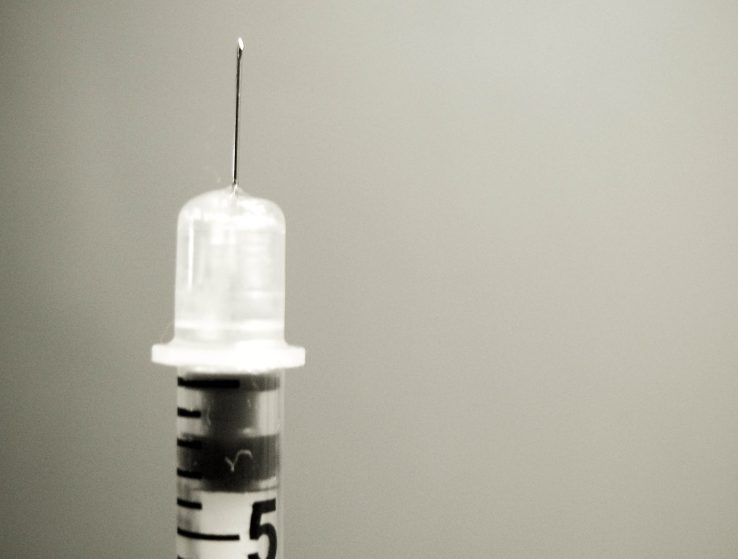The FDA has approved a blood sugar monitor that doesn’t require a finger prick

Further proof the U.S. Food and Drug Administration has been warming up to modern technology — it has just approved the first continuous blood sugar monitor that doesn’t require the user to prick themselves over and over for a blood sample.
Today, the FDA cleared Abbot’s FreeStyle Libre Flash Glucose Monitoring System, a device that uses a small sensor wire inserted under the skin to determine glucose levels in adult diabetics. Another wand-like device is then waved over the sensor to measure and give a readout of those glucose levels.
This is a milestone move for the FDA as diabetes affects nearly 30 million people in the United States who currently have to test their blood sugar by pricking themselves several times throughout the day and every time they eat.
However, the idea for a prickless blood sugar monitor isn’t new. Tech companies have increasingly shown an interest in the massive diabetics market over the past few years. Apple is rumored to be working on such a device and its CEO Tim Cook has even been spotted wearing a possible prototype that could connect to the Apple Watch.
Other companies endeavor to build something similar, including Glucowise, which has a device still under development.
However, it seems it’s not so easy to create a needleless blood sugar detector. Google tried to build a contact lens that could detect glucose but it seems the project has gone nowhere since drug company Novartis licensed the tech in 2014. Another FDA-approved device for glucose monitoring without the prick called the GlucoWatch was approved in the early 2000’s, but consumers found it cumbersome and it happened to cause a bad rash in some.
But there’s new hope today that the Freestyle monitor has worked out all the kinks. The device is intended for those 18 and older and, after a 12-hour start-up period, can be worn for up to 10 days, according to a statement on the FDA’s website.
“The FDA is always interested in new technologies that can help make the care of people living with chronic conditions, such as diabetes, easier and more manageable,” said FDA spokesperson Donald St. Pierre. “This system allows people with diabetics to avoid the additional step of finger stick calibration, which can sometimes be painful, but still provides necessary information for treating their diabetes—with a wave of the mobile reader.”
Featured Image: Jill Brown/Flickr UNDER A CC BY 2.0 LICENSE